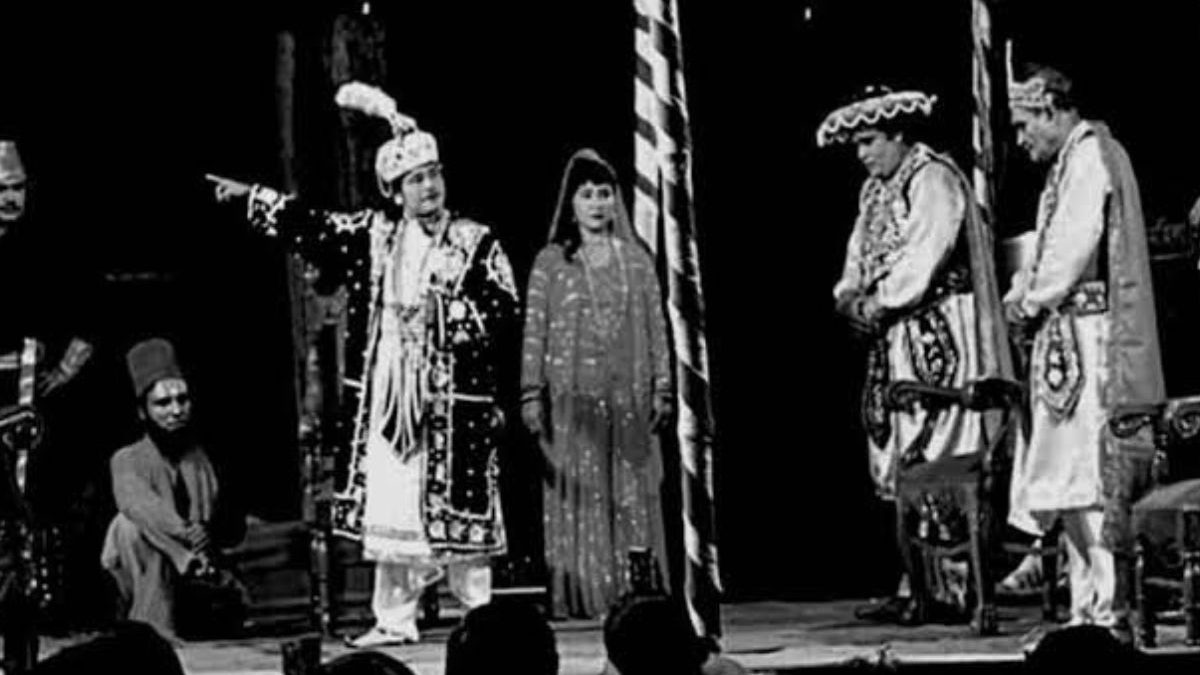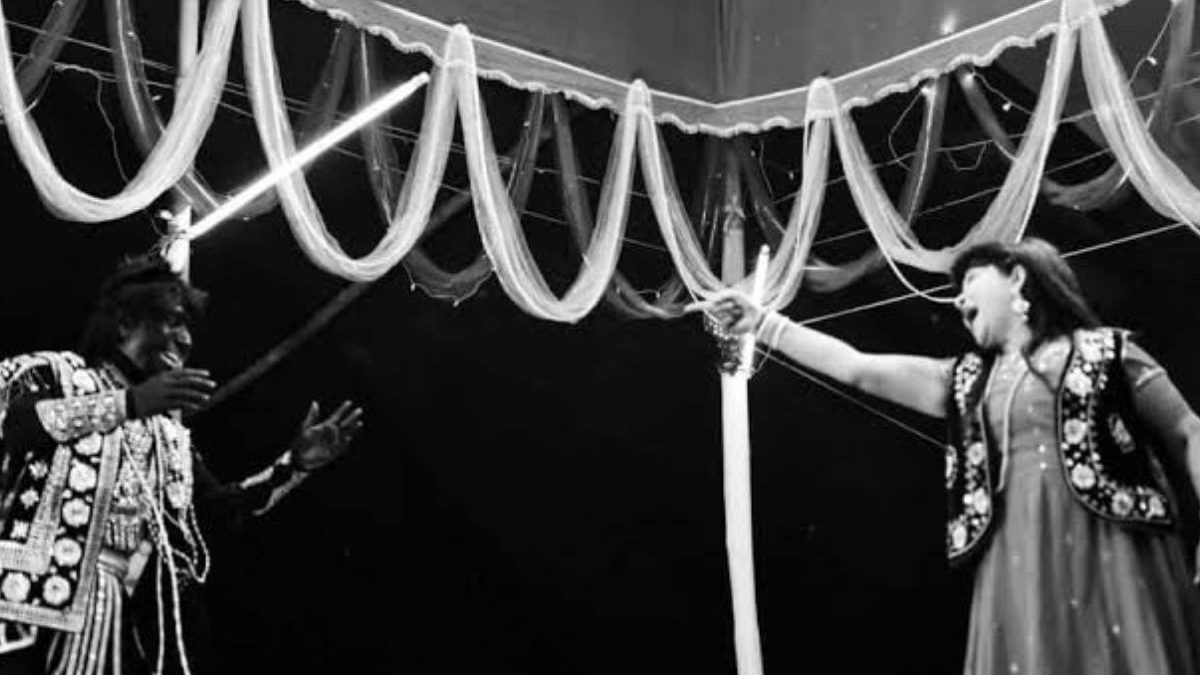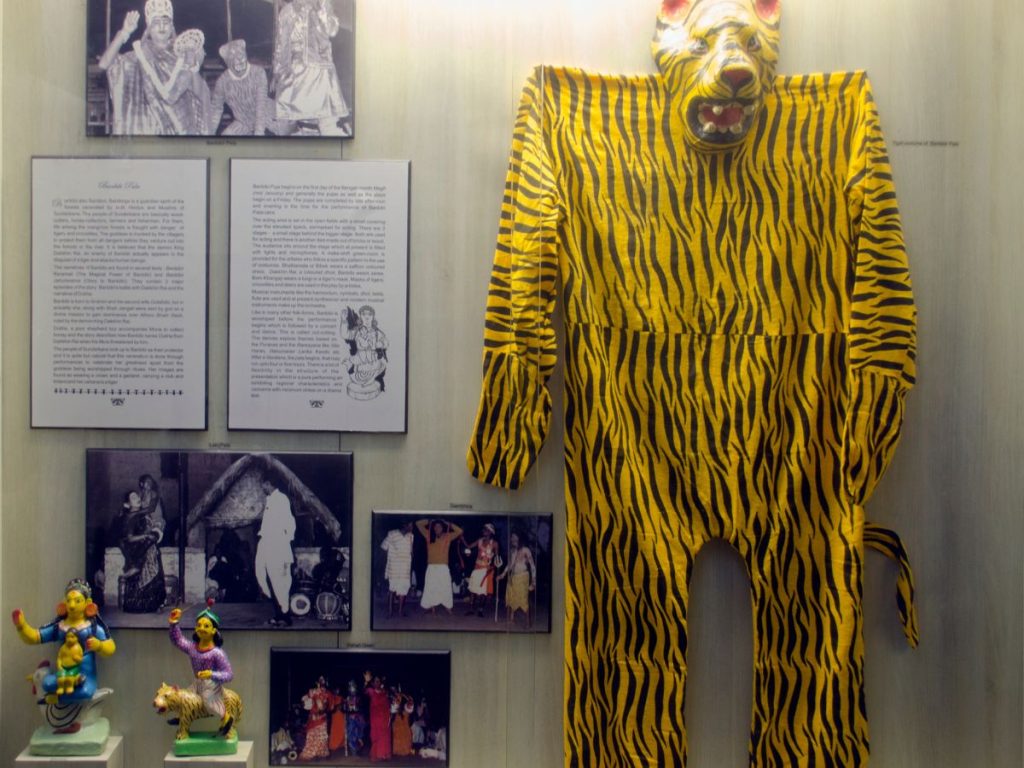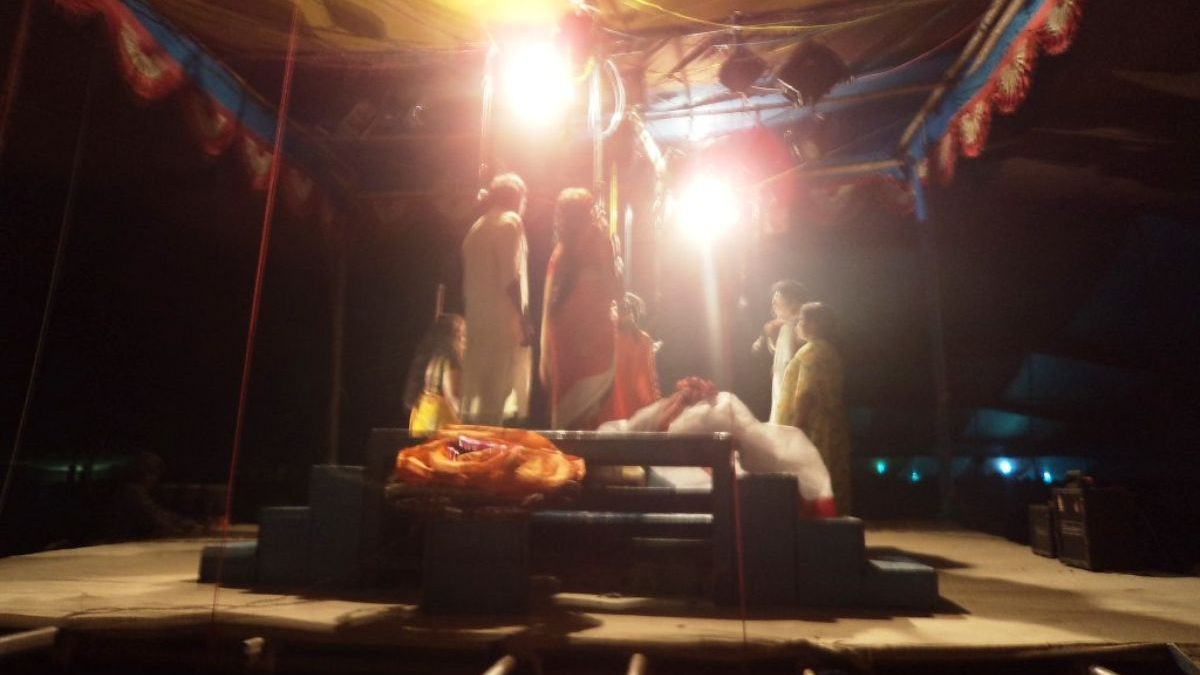In the rich tapestry of Bengali culture, few art forms capture the essence of tradition, storytelling, and community spirit quite like Jatra Pala. Originating in rural Bengal centuries ago, Jatra Pala, often referred to simply as Jatra, is a vibrant and dynamic form of folk theatre that continues to captivate audiences with its colorful performances, melodious music, and compelling narratives. In this article, we delve into the fascinating world of Jatra Pala, exploring its history, evolution, and enduring significance in Bengali theatre culture.

Historical Roots and Evolution:
The origins of Jatra Pala can be traced back to the Bhakti movement of medieval India, which emphasized devotional singing and storytelling as a means of spiritual expression. Over time, this folk tradition evolved into what we now know as Jatra, blending elements of music, dance, drama, and religious themes. Initially performed as part of religious festivals and rituals, Jatra gradually became a popular form of entertainment in rural Bengal, drawing large crowds to makeshift stages set up in village squares and open fields.
Performance Style and Themes:
At the heart of Jatra Pala are its larger-than-life performances, characterized by exaggerated gestures, colorful costumes, and lively music. Typically, Jatra productions feature a mix of mythological, historical, and contemporary themes, with stories drawn from Hindu epics like the Ramayana and Mahabharata, as well as local folklore and legends. These narratives are brought to life by a troupe of performers, including actors, singers, musicians, and dancers, who engage the audience with their energy and enthusiasm.

Role of Characters and Performers:
Central to the success of any Jatra production are its characters, each representing archetypal figures from Bengali culture and mythology. From noble heroes and virtuous heroines to cunning villains and comic sidekicks, the cast of a Jatra Pala reflects the diverse spectrum of human emotions and experiences. The performers themselves, known as Jatra artists, play a crucial role in bringing these characters to life, often undergoing rigorous training and rehearsal to perfect their craft.
Impact and Influence:
Despite facing challenges from modern forms of entertainment, Jatra Pala remains a beloved and integral part of Bengali cultural heritage. Its enduring popularity can be attributed to its accessibility, affordability, and ability to connect with audiences on a visceral level. For many rural communities, Jatra serves not only as a form of entertainment but also as a social and cultural event, bringing people together and fostering a sense of unity and belonging.

Every age has its storytelling form, and video gaming is a huge part of our culture. You can ignore or embrace video games and imbue them with the best artistic quality. People are enthralled with video games in the same way as other people love the cinema or theatre.
Andy Serkis
Examples of Iconic Productions:
Over the years, numerous Jatra productions have left an indelible mark on Bengali theatre culture, becoming legendary in their own right. One such production is “Chitrangada,” based on the epic tale by Rabindranath Tagore, which tells the story of a warrior princess who struggles with her identity and desires. Another iconic Jatra is “Bon Bibi,” inspired by the folklore of the Sundarbans, depicting the mythical battle between the goddess Bon Bibi and the demon Dakhin Rai.
Challenges and Preservation Efforts:
Despite its enduring popularity, Jatra Pala faces challenges in the modern era, including competition from other forms of entertainment, changing audience preferences, and financial constraints. Additionally, the COVID-19 pandemic has dealt a significant blow to Jatra performances, with restrictions on public gatherings and travel affecting the livelihoods of Jatra artists and troupes.
However, efforts are underway to preserve and promote Jatra Pala for future generations. Organizations like the Bangla Jatra Academy and government initiatives provide support and resources to Jatra artists, including training programs, financial assistance, and platforms for showcasing their work. Additionally, digital platforms and social media have opened up new avenues for reaching audiences beyond traditional Jatra venues, ensuring that this cherished art form continues to thrive in the digital age.

That’s the magic of art and the magic of theatre: it has the power to transform an audience, an individual, or en masse, to transform them and give them an epiphanal experience that changes their life, opens their hearts and their minds and the way they think.
Brian Stokes Mitchell
Conclusion:
In conclusion, Jatra Pala stands as a testament to the resilience, creativity, and cultural heritage of the Bengali people. Through its vibrant performances, timeless stories, and communal spirit, Jatra continues to captivate audiences and inspire generations of artists and enthusiasts alike. As we look to the future, it is imperative that we cherish and preserve this invaluable part of our cultural identity, ensuring that the magic of Jatra Pala lives on for years to come.
Written By Ms. Souberi Chakrabarti



